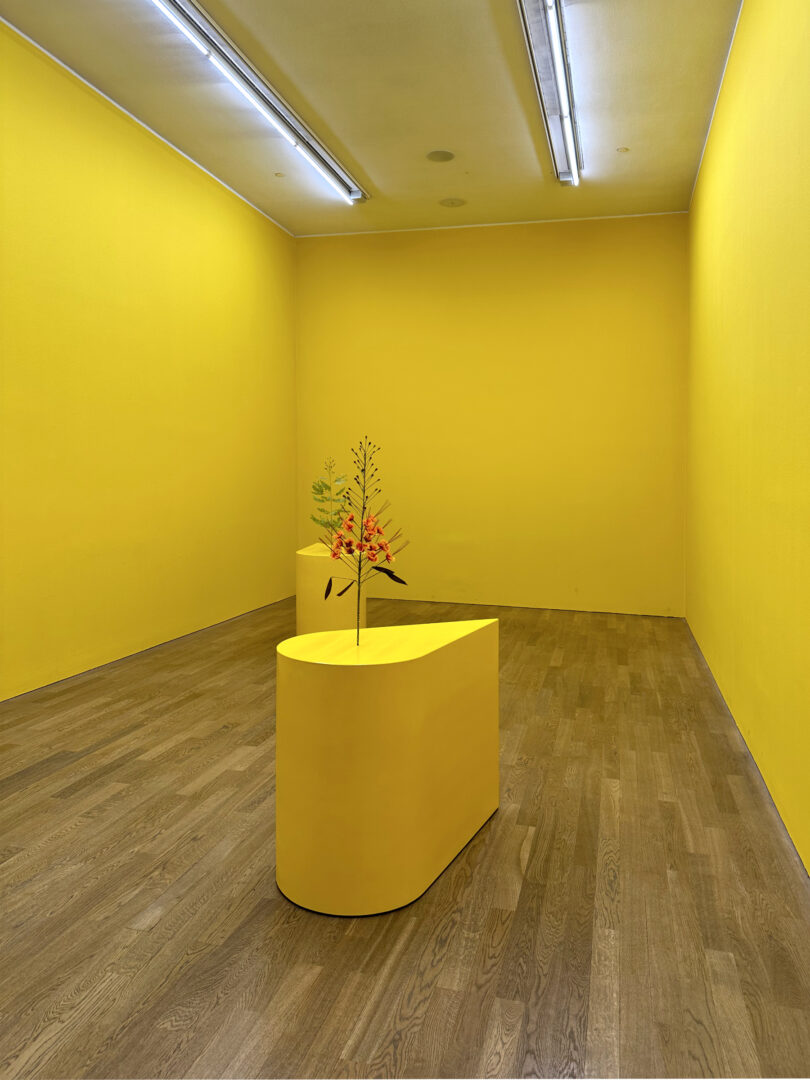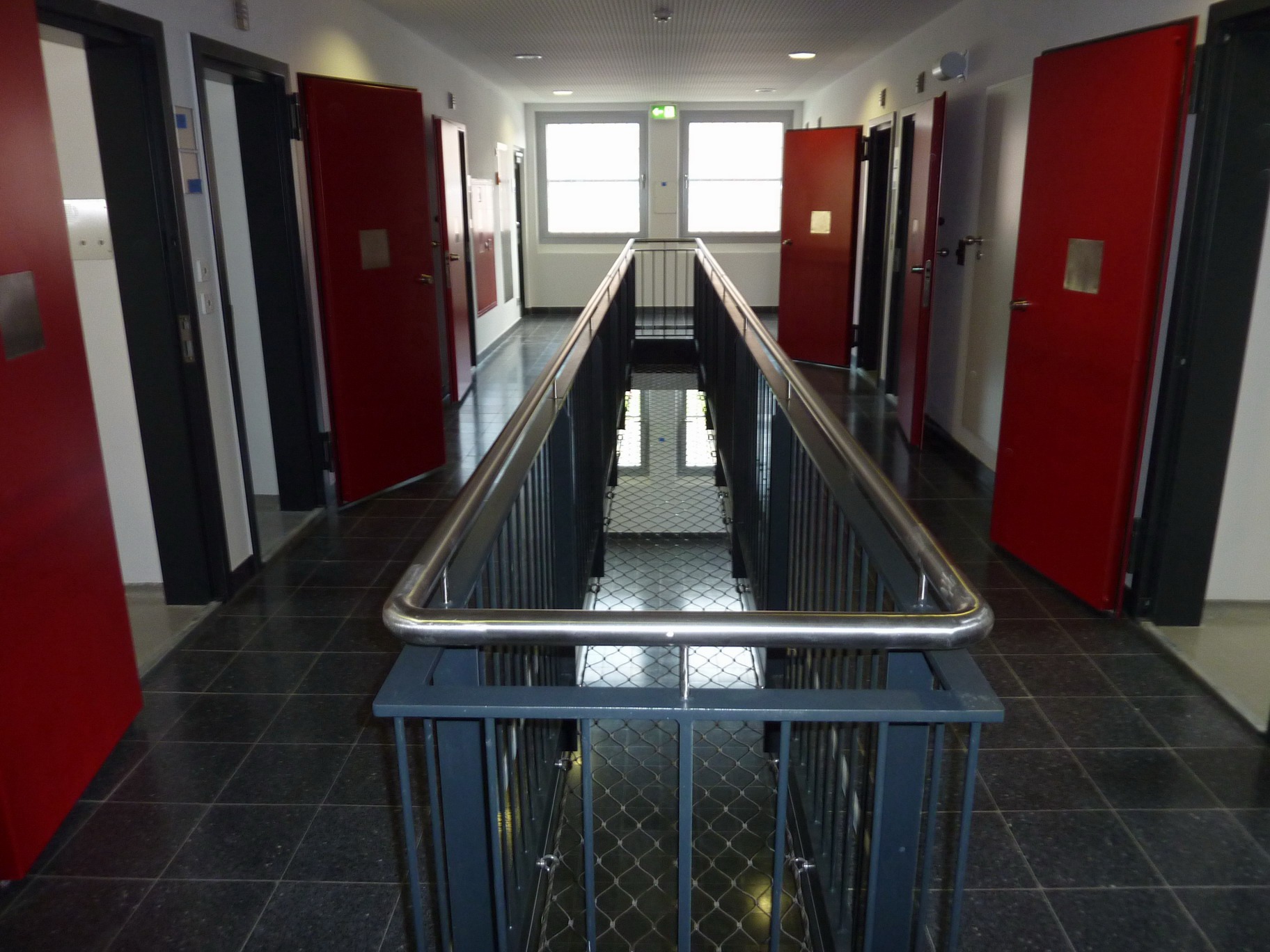
Kapwani Kiwanga The Marias, installation view (photo Axel Buether, exhibition “Flowers Forever” Kunsthalle Munich)
Sun yellow – activating, radiant and energetic
The radiant yellow sunlight is a unique natural phenomenon that brightens and warms the earth every day and supplies it with the energy that keeps us alive. “Sun, light and warmth” are the first thoughts that come to mind when we see a light yellow shade. If you give small children a yellow crayon, most of them will scribble a yellow sun symbol on the paper.
The sun’s radiant energy acts through our eyes and skin on the circadian system, which controls not only the sleep-wake rhythm, but also basic bodily functions such as body temperature, metabolism and hormone balance. Each sun yellow thus becomes a color symbol of an invisible power that fills us with optimism and energy day after day.
Yellow conveys the impression of health, dynamism and an active zest for life. We choose yellow when we are doing well. This effect was also confirmed by a study on the connection between color and emotion. The research team used a color wheel from which test subjects had to choose a color that matched their mood. People with depressive moods, on the other hand, very often chose a dull gray, which forms the emotional counterpart to the cheerful yellow.
The ambivalence of yellow
In 1917, a color therapy attracted worldwide attention, which went down in medical history as “Kemp-Prossor’s Colour Cure” after its inventor. Soldiers tormented by psychosomatic disorders were supposed to find recovery in bright yellow patient rooms with sky-blue blankets. However, it was not just the walls and floors that were painted a uniform yellow, but also the entire interior, right down to the bed linen. The aim was to create a maximum contrast to the atmosphere of the European battlefields and to fill the entire room with “spring”. Hospitals in Denmark and Great Britain adopted this color therapy method, but it did not catch on and was soon forgotten.
The failure of this color therapy method can be traced back to a widespread misconception. A bright, pure daffodil yellow on the tiny surface of a flower against a background of green plants does indeed look spring-like, cheerful and optimistic. However, if you fill an entire room with it, it becomes a loud warning tone. A room like this feels claustrophobic and has nothing in common with the cheerful atmosphere of a spring landscape.
Kapani Kiwanga The Marias
“Kapani Kiwanga studied anthropology and comparative religion before turning to art. The outstanding feature of her work is the artistic and aesthetic translation of the well-founded theoretical basis and research, whereby her installations, paintings, works on paper, photographs and video works are characterized by formal clarity and reduction. Kiwanga knows how to seduce the viewer aesthetically and effectively. In fact, however, her sensitive choice of materials and colors is always based on deeper levels of meaning, which charge her works with historical and socio-political significance and break up the visual pleasure in terms of content. For example, her delicate plants are toxic.” (Text excerpt from the Kunstmuseum Wolfsburg)


